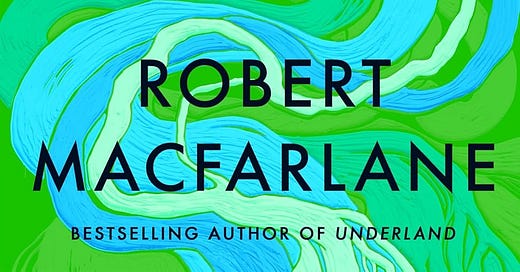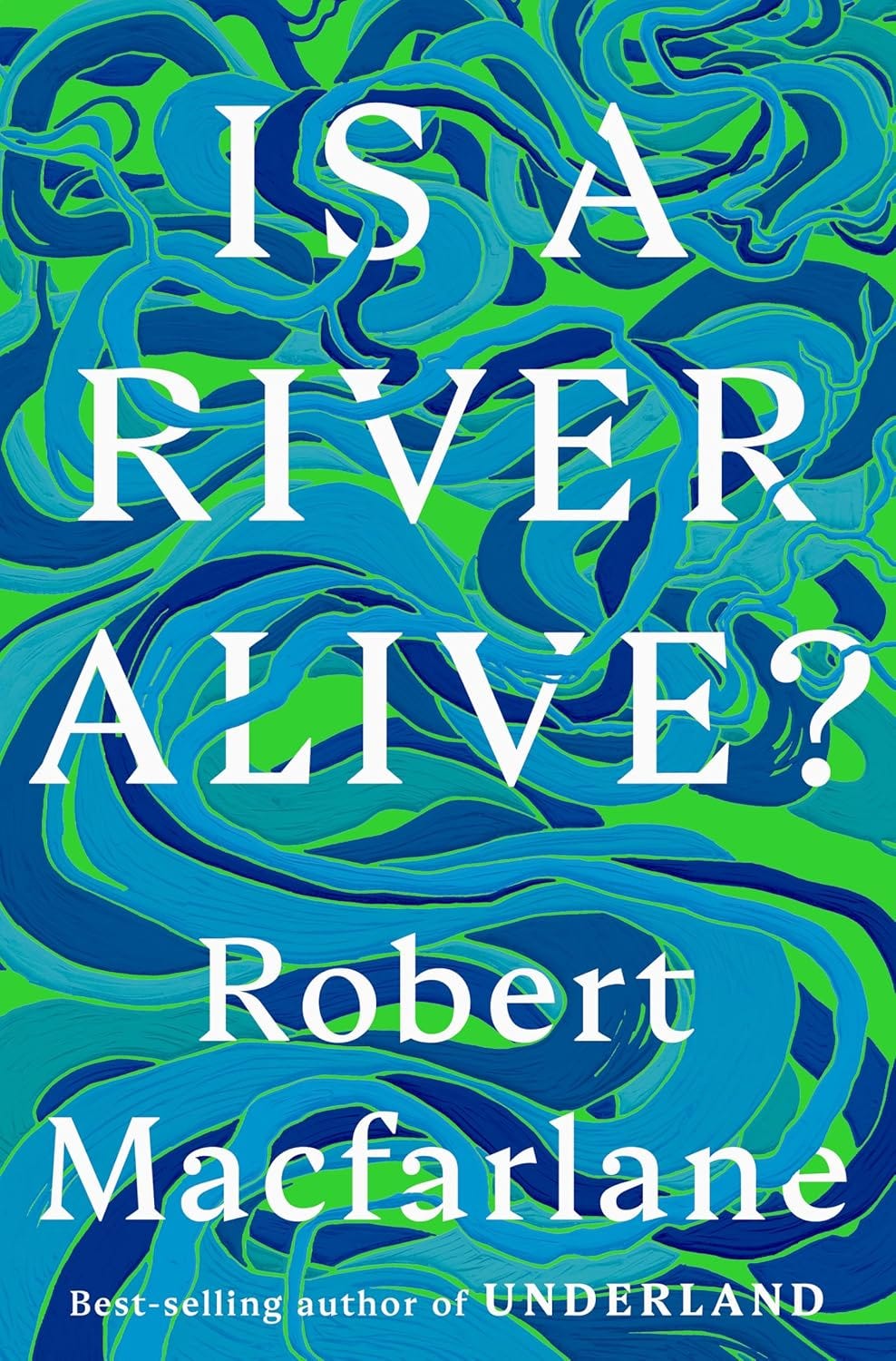Robert Macfarlane's Is a River Alive? is less an answer to its titular question than a slow, reverent unfolding of its implications. Structured around river-journeys across Ecuador, India, and Canada, the book sidesteps the trap of didactic eco-writing by offering something more nuanced: a braided reflection of personal transformation, ecological witness, and philosophical inquiry.
Macfarlane is known for interrogating how language shapes our relationships with place. In this work, he goes further, challenging the reader to reimagine the legal, ethical, and emotional frameworks we use to relate to rivers, not as inert resources but as entities with agency and rights. The result is not merely a meditation on the landscape but a call to perceive rivers as legal subjects, as ancestors, and as collaborators in our collective futures.
The narrative benefits from Macfarlane's characteristically immersive prose. He writes not to romanticize the natural world but to render its complexity visible and audible. The rivers in this book are not sentimentalized; they are polluted, dammed, silenced—and yet, unmistakably, they endure. From the threatened Rio Los Cedros to the biologically "dead" waterways of Chennai to the legally recognized Mutehekau Shipu in Nitassinan, Macfarlane's chosen rivers are not symbols. They are specific and storied, shaped by law, weather, culture, and resistance.
What distinguishes this book from similar environmental reflections is its depth of engagement with Indigenous perspectives. Macfarlane gives genuine narrative space to individuals like Yuvan Aves and Rita Mestokosho, whose ways of knowing water unsettle Western assumptions. These are not cameo voices; they are central co-authors of the book's evolving epistemology. Rita Mestokosho's instruction to "be a river" rather than merely speak about rivers exemplifies this fundamental shift in approach. At its best, Is a River Alive? becomes a polyphonic exploration of what it means to live as part of, rather than apart from, a hydrological system.
The writing oscillates between philosophical urgency and sensorial intimacy, between despair and a cautious, often hard-won hope. Macfarlane acknowledges the fraught nature of translating the "grammar of animacy" into legal language. He admits that efforts to personify rivers may risk ventriloquism. But these tensions are the book's strength—they resist finality, favoring extended, uncomfortable, necessary listening instead.
Is a River Alive? is not a straightforward environmental polemic. It demands attention, not only to its ideas but to the silences and contradictions it deliberately leaves unresolved. It is a deeply researched, emotionally resonant, and formally ambitious work that stands at the intersection of law, ecology, memory, and myth.
In an era when our institutions struggle to recognize the non-human as anything but an object, Is a River Alive? invites us to imagine otherwise, not through sentiment, but through an ethics of interdependence. The question lingers not because it lacks an answer but because it exposes how impoverished our existing frameworks have become and points toward richer possibilities for understanding our place within the living world.




